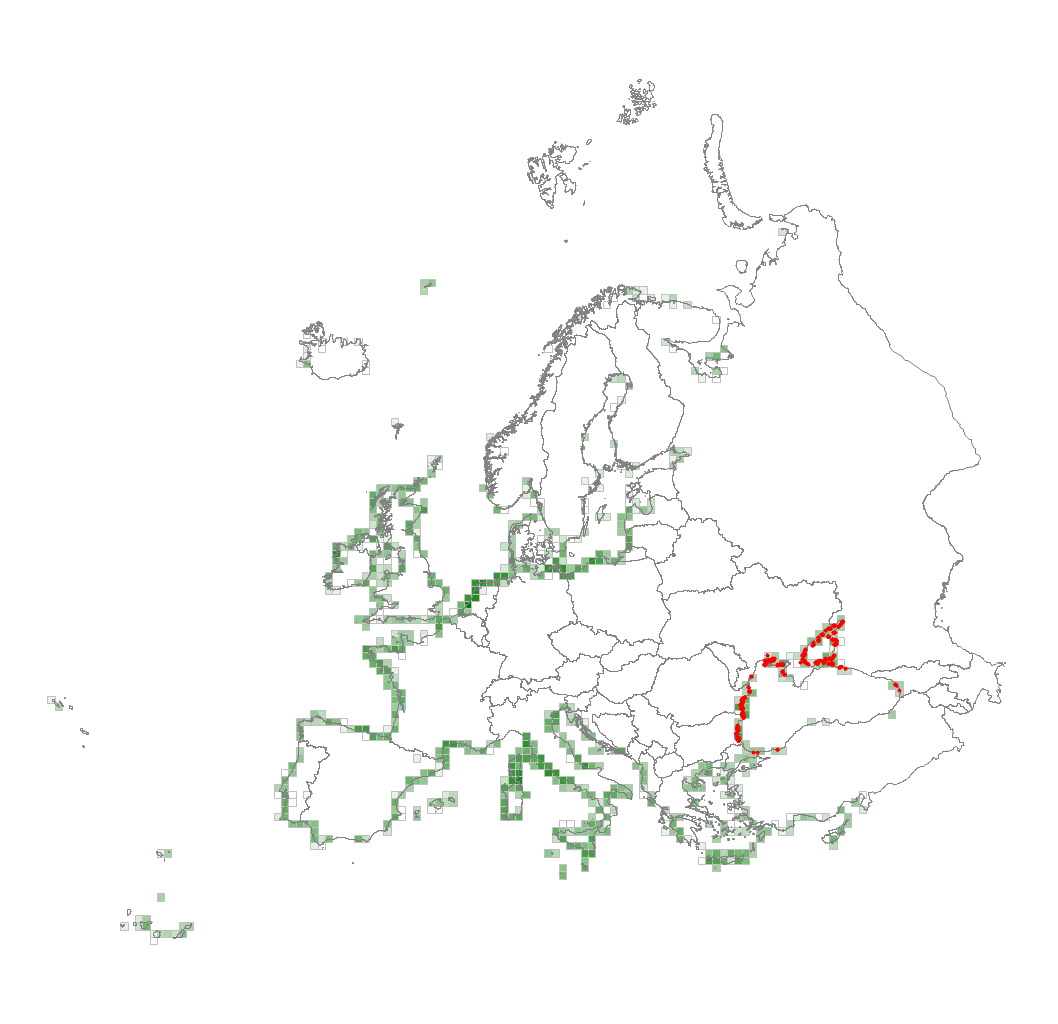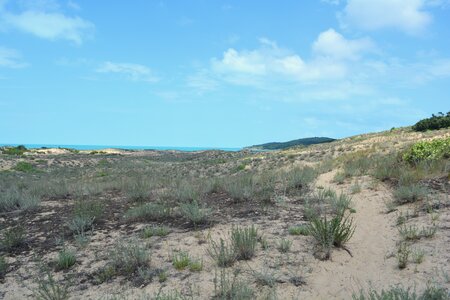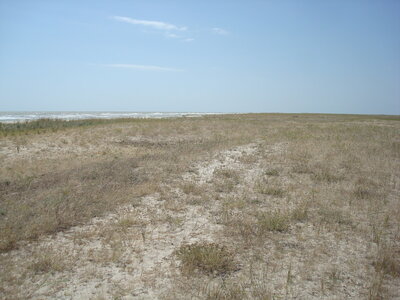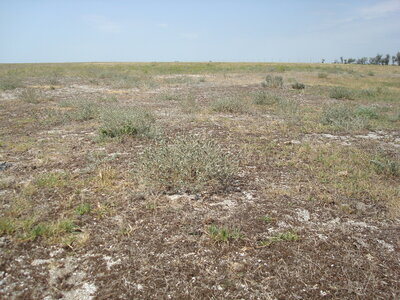N17 Black Sea coastal dune grassland (grey dune)
Dune grassland on stabilised or semi-stabilised coastal sands around the Black Sea, mostly on the western and north-western stretches and now only very locally. The dunes are best developed on broader flatter shores, and the ridges can vary in height from just a few metres to over 50 m, with moist depressions between. The flora is variable with a shift from the Mediterranean to Pontic regions moving northwards, with many regional endemic plant species among its grasses and herbs. Perennials predominate, but there can be striking contingents of annuals on more mobile stretches of sand on the ridges. Mosses and lichens can be extensive on north-facing, less sunny slopes.
Chytrý M., Tichý L., Hennekens S.M., Knollová I., Janssen J.A.M., Rodwell J.S. … Schaminée J.H.J. (2020) EUNIS Habitat Classification: expert system, characteristic species combinations and distribution maps of European habitats. Applied Vegetation Science 23: 648–675. https://doi.org/10.1111/avsc.12519
Version 2025-10-03, https://doi.org/10.5281/zenodo.16895007.
For the official presentation of the EUNIS Habitat Classification from the European Environment Agency, please see: EUNIS Terrestrial Habitat Classification 2021. The FloraVeg.EU presentation may show modifications and partial updates to the habitat classification.



